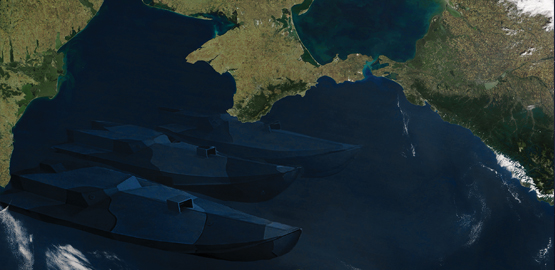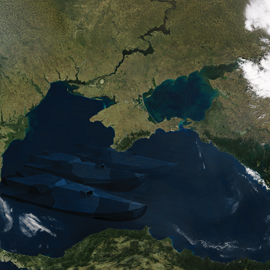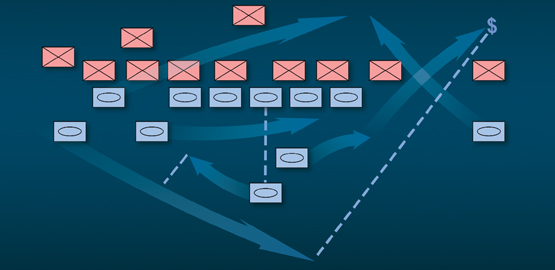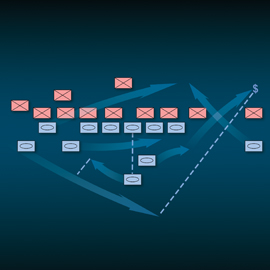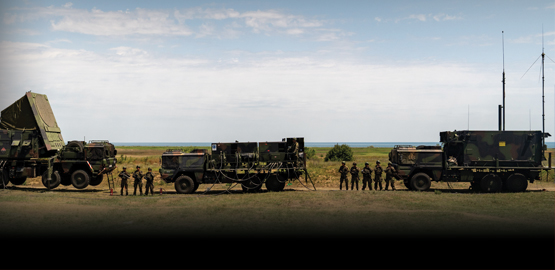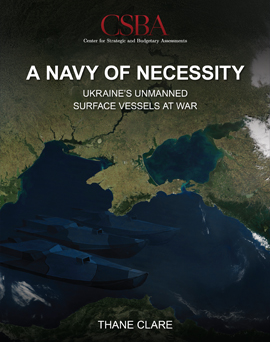
Ukraine stood on a strategic precipice in 2022. With its navy eliminated in the first weeks of Russia’s full-scale invasion, Ukraine was left with a shoreline vulnerable to amphibious assault and its vital maritime commerce exposed to interdiction by Russia’s Black Sea Fleet. Yet by mid-2023, Ukraine had forced the Russian navy into a defensive posture and resumed seaborne grain exports.
This stunning reversal was the result of a Ukrainian sea denial campaign executed with improvised unmanned surface vessels (USVs)—the first large-scale wartime employment of USVs. In A Navy of Necessity, CSBA Senior Fellow Dr. Thane Clare argues that Ukraine’s ability to turn the tables on Russia’s fleet was founded on a minimum viable warfare approach: fielding a sea denial capability quickly enough to prevent strategic failure, even if that capability was not yet robust enough to overcome all potential countermeasures.
Dr. Clare highlights four major themes that emerged from the campaign: USVs’ critical contribution to sea denial, their role as range extenders for Ukraine’s anti-ship capability, the evolution of their cross-domaincapabilities from anti-ship to anti-air and beyond, and the measure–countermeasure competition with Russia. The report closes with considerations for U.S. and allied planners, outlining the possibilities and limitations of USV employment in other wartime scenarios.
Speed was of the essence if Ukraine was to counter the Black Sea Fleet and sustain its war effort. Fortunately, Ukraine’s innovators delivered a USV-based navy of necessity.
